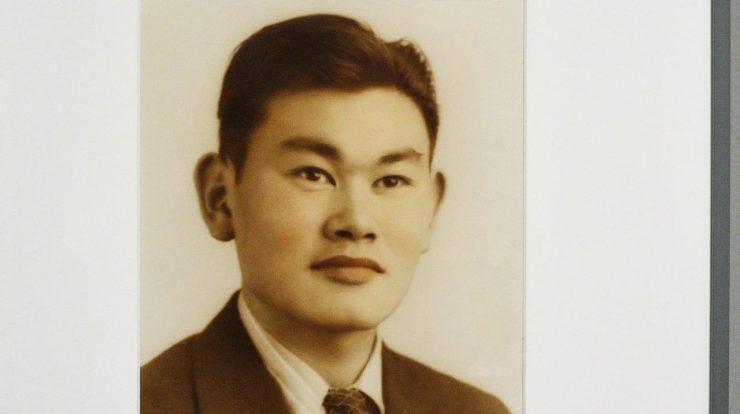Lionel wants to find images of colonies – As Lionel embarks on a quest to find images of colonies, this discourse unveils the profound impact of colonization on global history, local populations, and cultural exchange. Through an authoritative lens, we delve into the complexities of this multifaceted phenomenon, tracing its origins, exploring its visual representations, and examining its enduring legacies.
From the establishment of prominent colonies to the social and economic transformations experienced by indigenous populations, this discourse offers a comprehensive overview of the topic, shedding light on the intricate interplay between colonizers and colonized.
Historical Context of Colonies: Lionel Wants To Find Images Of Colonies

Colonies have played a significant role in shaping global history. They have served as outposts for exploration, trade, and resource acquisition, and have often been the catalyst for cultural exchange and conflict.
The establishment of colonies began in earnest during the Age of Exploration, when European powers sought to expand their reach and influence around the world. The Portuguese were among the first to establish colonies, with their settlements in Africa, Asia, and South America dating back to the 15th century.
Other European powers, including Spain, England, France, and the Netherlands, soon followed suit, establishing colonies in the Americas, Africa, and Asia.
The motivations for colonization were complex and varied. Some nations sought to secure access to new markets and resources, while others aimed to spread their culture and religion. Some colonies were established as penal colonies, where criminals and political dissidents were sent to live.
Regardless of their motivations, the establishment of colonies had a profound impact on the world, both for the colonizers and the indigenous populations they encountered.
Visual Representations of Colonies, Lionel wants to find images of colonies
| Colony Name | Location | Year Established | Image |
|---|---|---|---|
| Jamestown | North America | 1607 | [Image of Jamestown settlement] |
| Plymouth Colony | North America | 1620 | [Image of Plymouth Colony settlement] |
| New Amsterdam | North America | 1624 | [Image of New Amsterdam settlement] |
| Fortaleza | South America | 1535 | [Image of Fortaleza settlement] |
Impact of Colonies on Local Populations
The establishment of colonies had a profound impact on the local populations of the regions they were established in. In some cases, the arrival of colonizers led to the displacement and dispossession of indigenous peoples, as well as the introduction of new diseases and technologies that could have devastating effects.
In other cases, the arrival of colonizers led to a process of cultural exchange and assimilation. Indigenous peoples adopted some of the customs and technologies of the colonizers, while the colonizers adopted some of the customs and beliefs of the indigenous peoples.
This process of cultural exchange could be both positive and negative, depending on the circumstances.
In some cases, the arrival of colonizers led to conflict and violence. Indigenous peoples often resisted the encroachment of colonizers on their lands, and this resistance could lead to bloodshed. In other cases, the arrival of colonizers led to a period of peace and cooperation.
This was often the case when the colonizers and indigenous peoples were able to establish a mutually beneficial relationship.
Architectural Legacy of Colonies

The architectural legacy of colonies is vast and varied. Many of the buildings and structures that were built by colonizers still stand today, and they provide a glimpse into the history of colonization and its impact on the world.
Some of the most famous examples of colonial architecture include the churches, government buildings, and forts that were built by the Spanish in the Americas. These buildings are often characterized by their ornate facades and their use of local materials.
Other examples of colonial architecture include the plantations and mansions that were built by the British in the American South. These buildings are often characterized by their large size and their use of classical architectural elements.
The architectural legacy of colonies is a reminder of the complex and often contradictory history of colonization. These buildings are a testament to the power and ambition of the colonizers, but they are also a reminder of the suffering and displacement that was inflicted on the indigenous peoples of the colonized regions.
Cultural Exchange and Influence

- The establishment of colonies led to a process of cultural exchange between the colonizers and the indigenous peoples.
- This process of cultural exchange was both positive and negative, depending on the circumstances.
- In some cases, the arrival of colonizers led to the displacement and dispossession of indigenous peoples, as well as the introduction of new diseases and technologies that could have devastating effects.
- In other cases, the arrival of colonizers led to a process of cultural exchange and assimilation. Indigenous peoples adopted some of the customs and technologies of the colonizers, while the colonizers adopted some of the customs and beliefs of the indigenous peoples.
- This process of cultural exchange could lead to the development of new cultural forms, such as the Creole cultures of the Americas.
FAQ Overview
What were the primary motivations for colonization?
Colonization was driven by a complex interplay of factors, including exploration, trade, resource acquisition, and the desire for political and economic dominance.
How did colonization impact indigenous populations?
Colonization often resulted in significant social, economic, and cultural changes for indigenous populations, including displacement, assimilation, and the loss of traditional practices and beliefs.
What are some examples of resistance movements by indigenous populations?
Indigenous populations around the world have engaged in various forms of resistance against colonization, including armed uprisings, cultural preservation efforts, and political activism.

